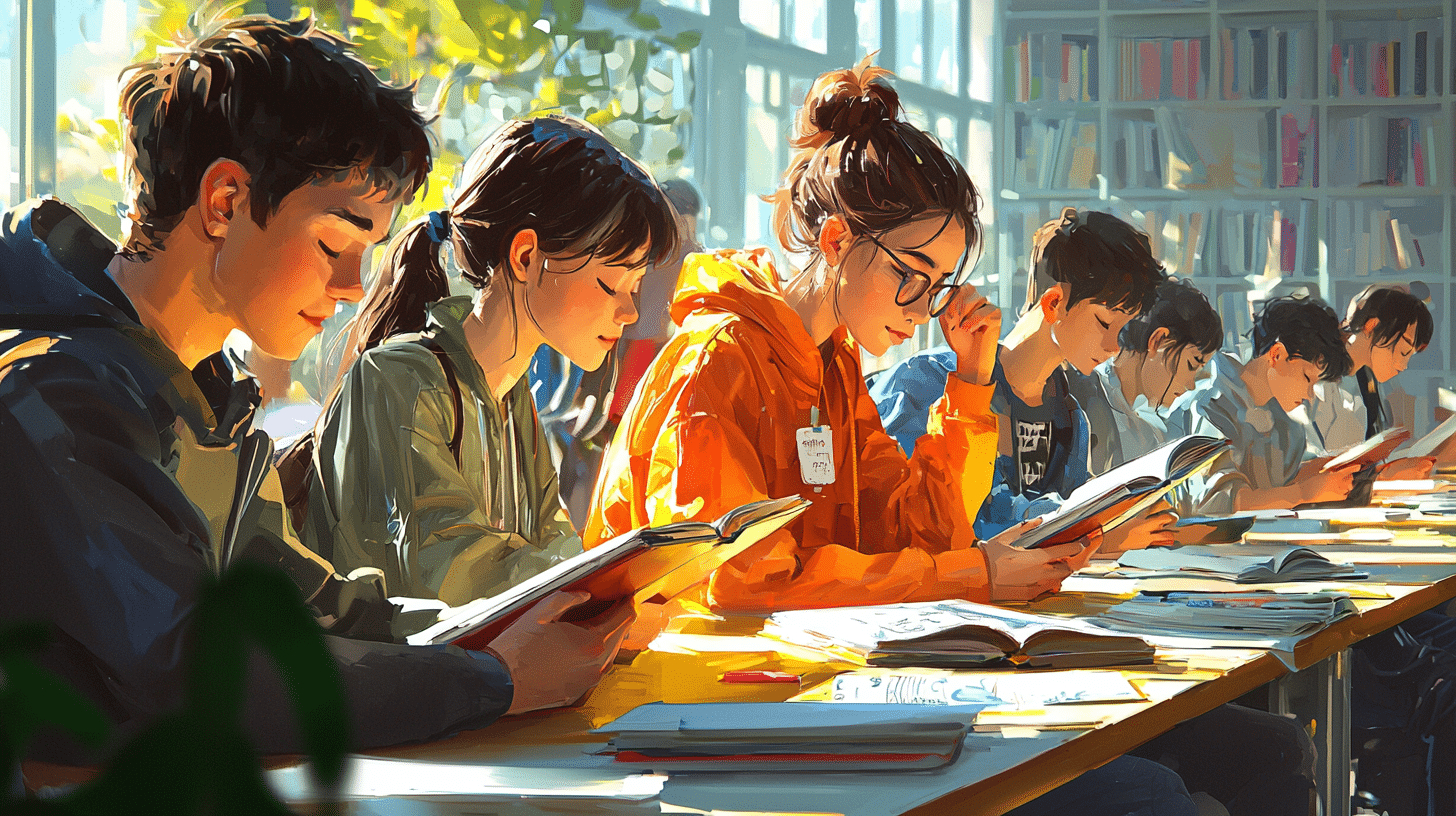The digital age has ushered in a plethora of changes across various aspects of life, and language is no exception. Urdu, a language rich in cultural and historical significance, is experiencing a dynamic transformation influenced heavily by digital media. This transformation is multifaceted, affecting everything from linguistic structures to cultural dissemination. In this article, we will explore the myriad ways digital media is impacting Urdu, providing insights into both the benefits and challenges this brings.
The Evolution of Urdu in the Digital Age
Urdu, a language spoken by millions in South Asia and around the world, has a storied history that spans centuries. Traditionally, Urdu has been a language of literature, poetry, and formal communication. However, the advent of digital media has introduced new dimensions to its usage and evolution.
Access to Resources
One of the most significant impacts of digital media on Urdu is the accessibility of resources. Online dictionaries, language learning apps, and educational websites have made it easier for people to learn and improve their Urdu skills. Platforms like YouTube offer a plethora of tutorials, ranging from basic grammar lessons to advanced literature analysis. This accessibility has democratized learning, allowing individuals from diverse backgrounds to engage with the language.
Revival of Interest
Digital media has also played a crucial role in reviving interest in Urdu, especially among younger generations. Social media platforms like Instagram and Twitter have become spaces where users share Urdu poetry, quotes, and even memes. This has led to a resurgence of interest in the language, making it relevant to contemporary audiences.
Challenges and Changes in Linguistic Structures
While digital media has brought numerous benefits, it has also posed challenges, particularly concerning the integrity of linguistic structures.
Code-Switching and Code-Mixing
One of the most noticeable trends is the prevalence of code-switching and code-mixing. In digital conversations, users frequently switch between Urdu and English, often within the same sentence. While this reflects the bilingual nature of many Urdu speakers, it also raises concerns about the purity of the language. For instance, the sentence “Mujhe call karo, I need to discuss something important” blends both languages, potentially diluting the linguistic integrity of Urdu.
Informalization of Language
Digital communication, characterized by its informality, has led to a more casual use of Urdu. Text messaging, social media posts, and online chats often employ a simplified version of the language, omitting diacritical marks and sometimes even proper grammar. While this makes communication quicker and more convenient, it can also lead to the erosion of formal linguistic standards.
The Role of Digital Media in Cultural Dissemination
Urdu is not just a language; it is a vessel of cultural heritage. Digital media has significantly impacted how this culture is disseminated and preserved.
Archiving Literature and Poetry
Websites and online repositories have become invaluable resources for archiving Urdu literature and poetry. Classic works that were once only accessible in physical libraries are now available at the click of a button. This has made it easier for scholars and enthusiasts to explore the rich literary traditions of Urdu.
Global Reach
Digital media has given Urdu a global platform. Social media, blogs, and video-sharing platforms have enabled Urdu speakers to connect with a global audience. This has not only helped in preserving the language but also in showcasing its cultural richness to the world. For instance, Urdu poetry recitations on YouTube have garnered millions of views, indicating a global appreciation for the art form.
The Influence of Digital Media on Urdu Journalism
Journalism is another area where digital media has left an indelible mark on Urdu.
Online News Portals
Traditional Urdu newspapers have expanded their reach through online news portals. Websites like BBC Urdu and Dawn have become go-to sources for Urdu news, providing real-time updates and comprehensive coverage. This has made news more accessible to a broader audience, including the diaspora.
Citizen Journalism
Digital media has also given rise to citizen journalism. Social media platforms allow individuals to report news and share their perspectives, often bypassing traditional journalistic filters. While this democratizes information dissemination, it also poses challenges related to credibility and misinformation.
The Future of Urdu in the Digital Age
As we look to the future, it is clear that digital media will continue to play a pivotal role in shaping the trajectory of Urdu.
Technological Innovations
Technological advancements such as AI and machine learning have the potential to further revolutionize Urdu. For instance, AI-powered translation tools are becoming increasingly sophisticated, making it easier to translate Urdu content into other languages and vice versa. Voice recognition technology is also improving, enabling more accurate transcription and translation services.
Educational Opportunities
The digital age offers unparalleled educational opportunities. Virtual classrooms, online courses, and language learning apps are making it easier for individuals to learn Urdu, regardless of their geographical location. This could lead to a broader, more diverse group of Urdu speakers, enriching the language in new ways.
Cultural Preservation
Digital archiving and virtual museums are emerging as important tools for cultural preservation. Initiatives to digitize old manuscripts, audio recordings, and films are ensuring that future generations can access and appreciate Urdu’s rich cultural heritage.
Conclusion
The impact of digital media on Urdu is profound and multifaceted. While it brings numerous benefits such as increased accessibility, a revival of interest, and global reach, it also poses challenges related to linguistic integrity and the informalization of language. As we navigate this digital landscape, it is crucial to strike a balance between embracing new technologies and preserving the rich cultural and linguistic heritage of Urdu.
In this ever-evolving digital age, the future of Urdu looks promising yet complex. By leveraging the benefits of digital media while addressing its challenges, we can ensure that Urdu continues to thrive, enriching the lives of millions of speakers around the world.

